Sharon Ya'ari
Jerusalem Blvd.II
19.9. —
13.11.2011
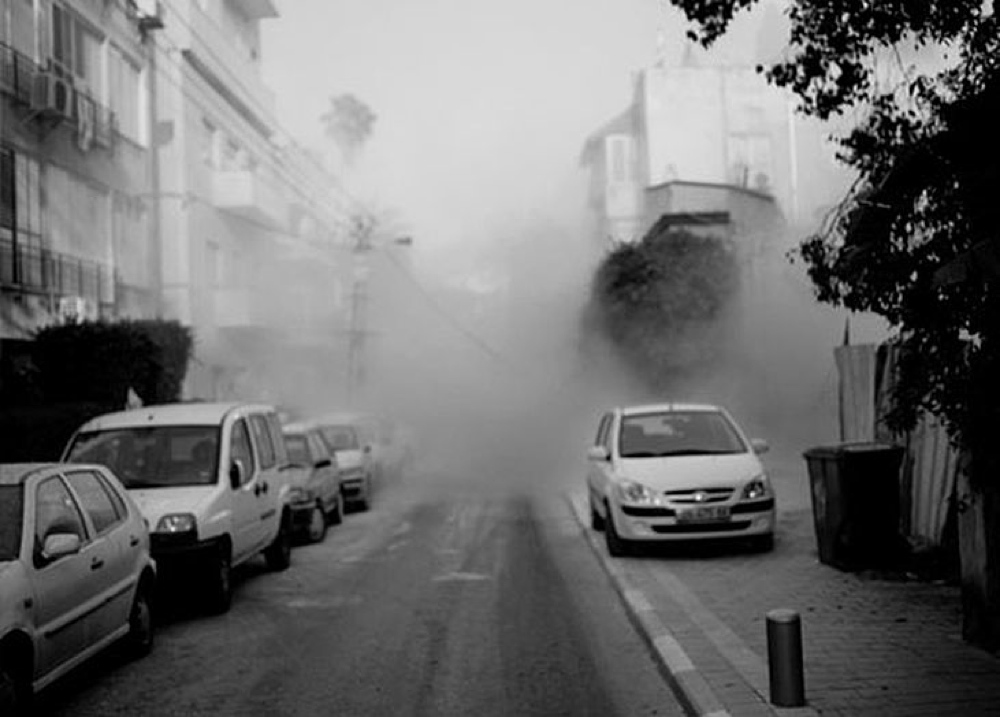
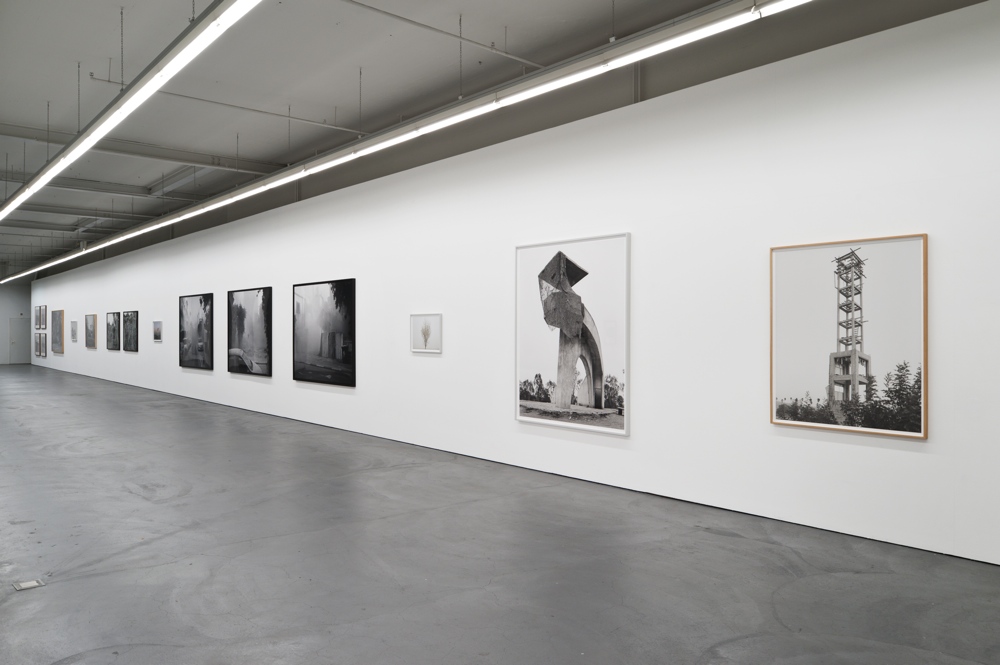
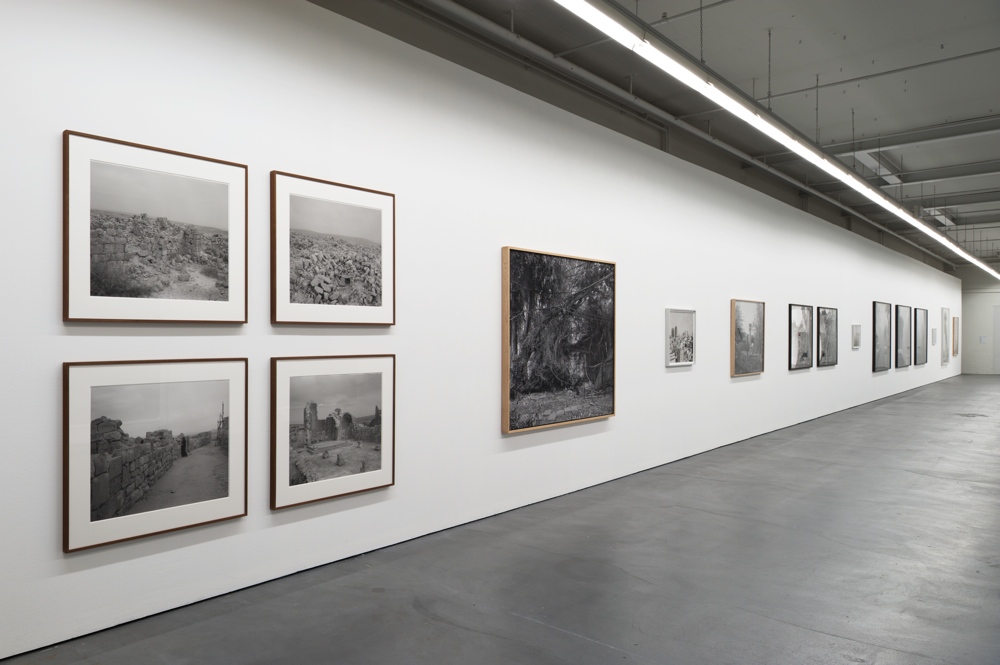
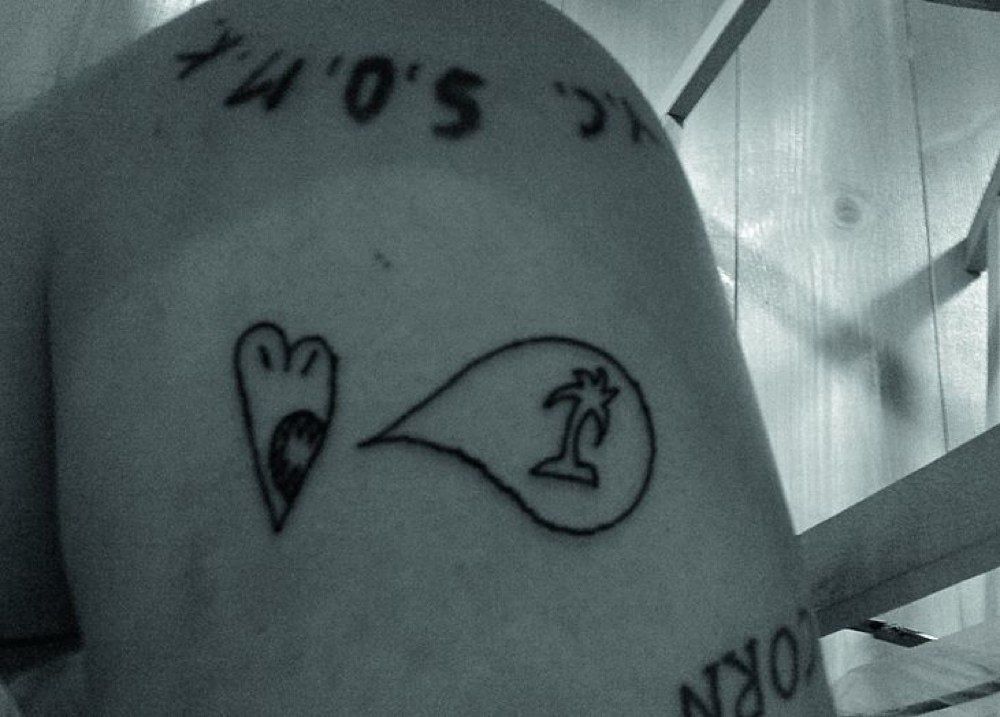
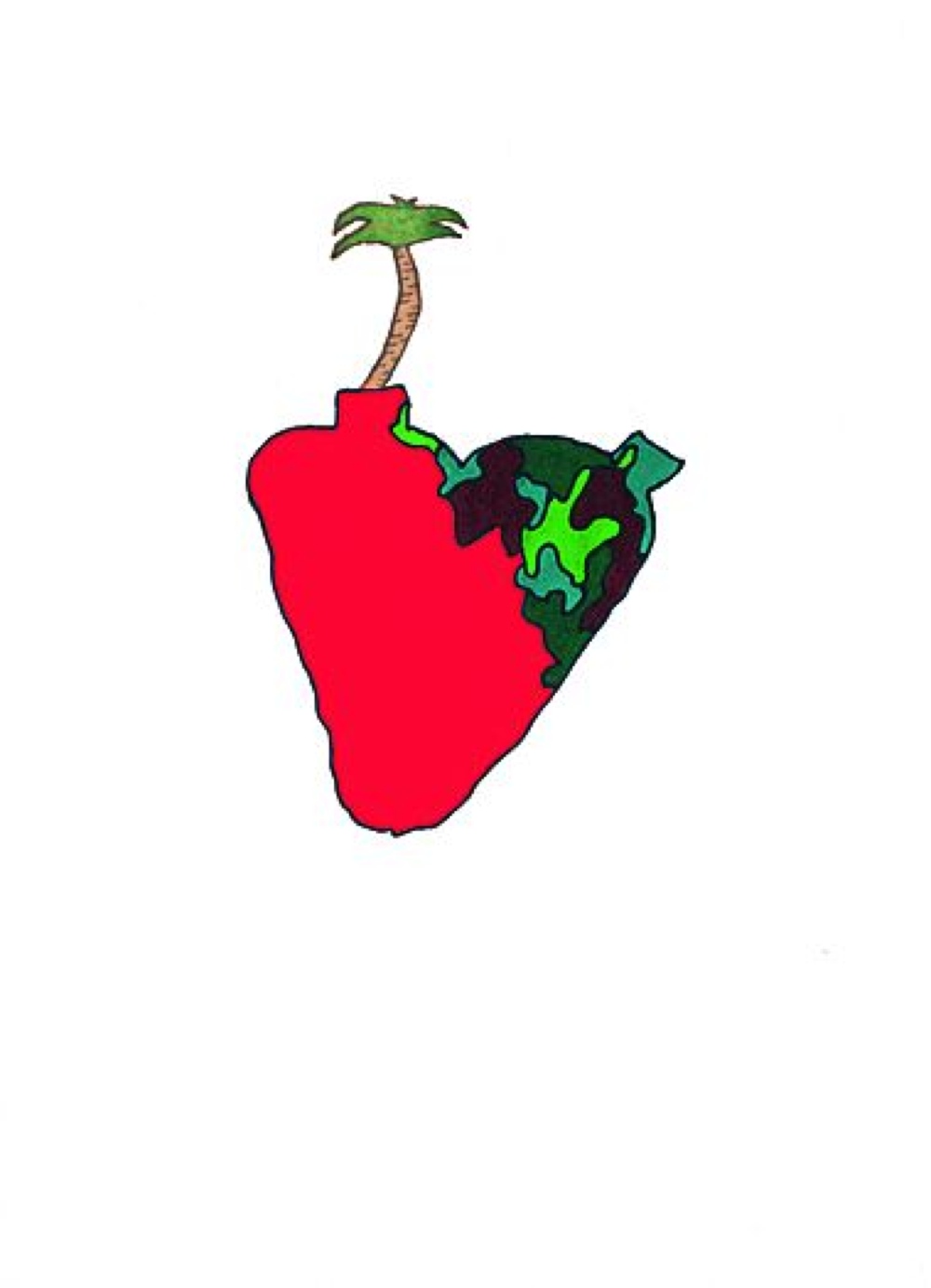
Sharon Ya’ari (born in Holon in 1966) is one of the most well-known Israeli artists. His photographs have been exhibited in numerous museums and galleries in Israel and abroad (including Herzlyia Museum of Art, 1999; Lombard Freid Fine Arts, New York, 2001, Tel Aviv Museum of Art, 2006; Sommer Contemporary Art Gallery, 2009; Galerie Martin Janda Vienna, 2009). Ya‘ari also got numerous awards (including the Constantiner Photography Award, 2010; Creative Encouragement Award, 2009) and since 1994 teaches at the Department of Photography in the Bezalel Academy of Arts and Design in Jerusalem. Kunsthaus Baselland is happy to be able to host the first exhibition of the artist in Switzerland.
In the exhibition Jerusalem Blvd. II, Ya’ari refers to a concept similar to the one shown in the Sommer Contemporary Art Gallery in Tel Aviv in 2009. There, he presented for the first time a selection of photographs made between 2005 and 2010, which had been specifically compiled for that exhibition. For the exhibition in Kunsthaus Baselland, he once again changed the compilation and complemented it with current photographs from 2011. The artist makes his selection depending on the spatial conditions and accordingly designs the entire hanging. With its floor-length windows, the forty-metre wall as such in a tube-like hall of Kunsthaus Baselland thus becomes the exhibition space. Ya’ari developed a concept in which the photographs are arranged as in a long visual sentence. The iconographic sentence can be read from front to back and back to front. Although the images are individual works, they can be understood in their compilation as a snapshot of a larger whole. Ya'ari photographs with large format cameras with negative sizes of 4x5 inches and 8x10 inches, scans the images and prints them on inkjet printers. His shots were often taken and processed in b/w, but in some cases also in colour. As a reaction to the profusion of colour photographs, Ya'ari consciously deals with b/w photography. The criterion of selection, whether a subject should be photographed and developed in colour or b/w, ultimately depends on the motif itself. With great sensitivity, the artist decides on whether or not colour underscores the prevailing mood, motifs or inherent narrative.
Among others, the exhibited sequence of images includes pictures of strange, seemingly utopian architectural structures that act as watch towers. A camouflage net got caught on one of these buildings (Anzac, 2009-2011) — a moment frozen in time, whose emergence in the past and its continued existence in the future we can leave only to our imagination. Atit (2011), another watch tower looks like a tinkered makeshift, which juts out high above the landscape, and takes on, as it were, the significance of a memorial. Rashi Street (2008) shows three different views of dust clouds that blaze through the street. The cause of the dust cloud remains unclear: Assassination? Demolition of a house? Sand storm? The diptych “Untitled” (2009) testifies to the passage of time, the simultaneous growth and decay. In the first snapshot a resting area with dining table and two benches is surrounded by a tree, a part of which has fallen down. The next captured moment shows furniture hit by a fallen branch and covered with vegetation, which is itself now part of the decaying process. Thicket (2009) in turn is the image of an inextricable entangling or network. Time and again the photographs carry a melancholic undertone. They can be read symbolically, politically, or as a matter of fact – however it is precisely the oscillation between these levels of interpretation that provides room for nuances and subtle moods. The two photos Road 6 (2010) and “Untitled” (2010) are colour images, whose contents can be obviously deduced by their colour shades. The mildly glowing evening sky with the singular, vividly overflowing cloud turn the latter into a ‘sign from above’. Just like the flowering tree before hazy skies in the Untitled, its radiating force seems auspicious and triggers a moment full of forward-looking confidence. Sharon Ya’ari’s most recent photographs are an exploration of ruins and archaeological sites (Shivta Ruins, 2010; Untitled, 2010—11). He is interested in the remnants of traces from the distant past, which are charged with history and politics and whose readability can be surmised from details.
A sublime theatricality (Ouzi Zur) is repeatedly evidenced in Ya’ari’s photography. His works are described as “quiet but not silent, stoic but not empty” (Sarah Thornton). He shares with Walker Evans the rejection of photojournalism as well as affection for the subtle look at essentials — even though, as with Sharon Ya’ari, it can be found in the traces of ‘small stuff’ or the hints of things past or of the future.
Text by Sabine Schaschl